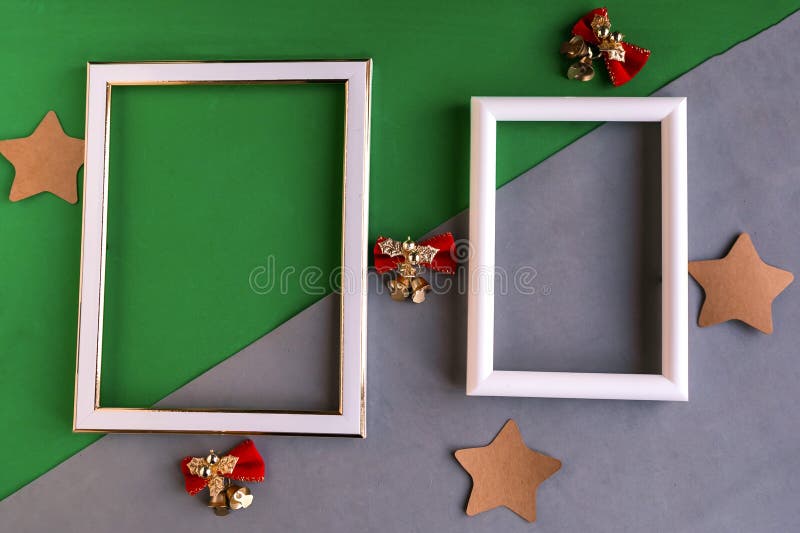

- #How to make photo frame with waste material install
- #How to make photo frame with waste material professional

Cute skeletons, pretty skeletons and scary skeletons. Those good old skeletons seems to be getting quite a run this Halloween.
#How to make photo frame with waste material install
Also, remember that small pieces are more difficult to install and more likely to loosen, separate and fall out over time.Let’s make a skeleton with natural materials! Attention to detail is important because every cut will be on display. Find a pattern that is attractive and practical to build.ĭecking inlays always require a lot of vertical blocking in between joists because most decking materials can only overhang 3" beyond a joist.
#How to make photo frame with waste material professional
Curved inlays are very difficult to build even for professional builers. Plan ahead to save yourself some frustration. However, inlays are challenging, time consuming and require a lot of wasted materials. We have seen some beautiful examples of octagons, compass roses and even curved designs. Use a combination of contrasting colors, angles and shapes to make a statement. Installing a decking inlay is a creative way to add some flair to any deck project. Plan for efficiency and you will save yourself some money at the end of the project. Depending on the width of your deck, this could result in a large amount of wasted material. Wood deck boards are usually available in 2’ increments while most composite decking materials are limited to 12’, 16’ or 20’. You may want to stagger the butt joints as best you can in different positions to reduce their visibility or use a division board to control or concentrate them in one logical location. However, if your deck runs longer, you will want to splice the deck boards over a joist. If your deck is less than 20’ wide, you should be able to finish the deck without any butt joints or splices. Make sure your fasteners are the correct size and compatible with the decking material you're using. Deck boards should be fastened at every joist by two nails, two screws, or some kind of hidden fastener system.

You can then proceed to lay your deck boards parallel to the house over the joists. Before you get started, you will need to install sway bracing to protect the deck from racking. Butt joints and miter cuts can separate over time and small pieces can loosen and fall out.Īpplying your decking horizontally is usually the easiest method for finishing a deck’s surface. Try to avoid working with small pieces of decking as a part of your design. When using composite decking, you may consider using contrasting colors to add an effect. We have even seen parquet deck floors installed by using squares that alternate decking direction.Īny of these patterns will require you to add blocking to the frame below the pattern to provide support and a solid surface to fasten to. An octagon can be decked as an offset pattern that follows the shape of the frame. A herringbone pattern is a similar pattern that meets without the alternating zipper effect. A zipper pattern involves the intersection of two opposing diagonal decking patterns that combine in the center of the deck in a staggered orientation to present the appearance of a zipper. There are many interesting and creative ways to apply decking. For decks that are over 20’ wide, you should consider applying your decking diagonally to minimize butt joints. Diagonal decking adds a distinct character to your deck and can emphasize a view or affect how people move through the space. You can allow the ends of the boards to hang over the frame until the end so you can use a single pass with a circular saw to achieve a consistent edge. It is important to square the decking in order to maintain a consistent angle across the surface. It is usually best to start with the longest board length from a corner and work off of both sides. However, more labor is involved because this technique requires you to make more cuts. We believe you can do much better than that with some planning. Some deck builders will tell you that applying decking diagonally will increase your waste factor by 15 percent. Depending on the decking material you are using, you may need to reduce your joist spacing to 12” on center to help support the diagonal span. Using diagonal decking increases the strength of the deck frame, which prevents racking and makes installing sway bracing unnecessary. The technique entails installing decking at a 45-degree angle across the joists. In most cases, this will require a little extra material. Consider these options when planning your deck. Adding decking patterns to your deck design can add a splash of style.


 0 kommentar(er)
0 kommentar(er)
